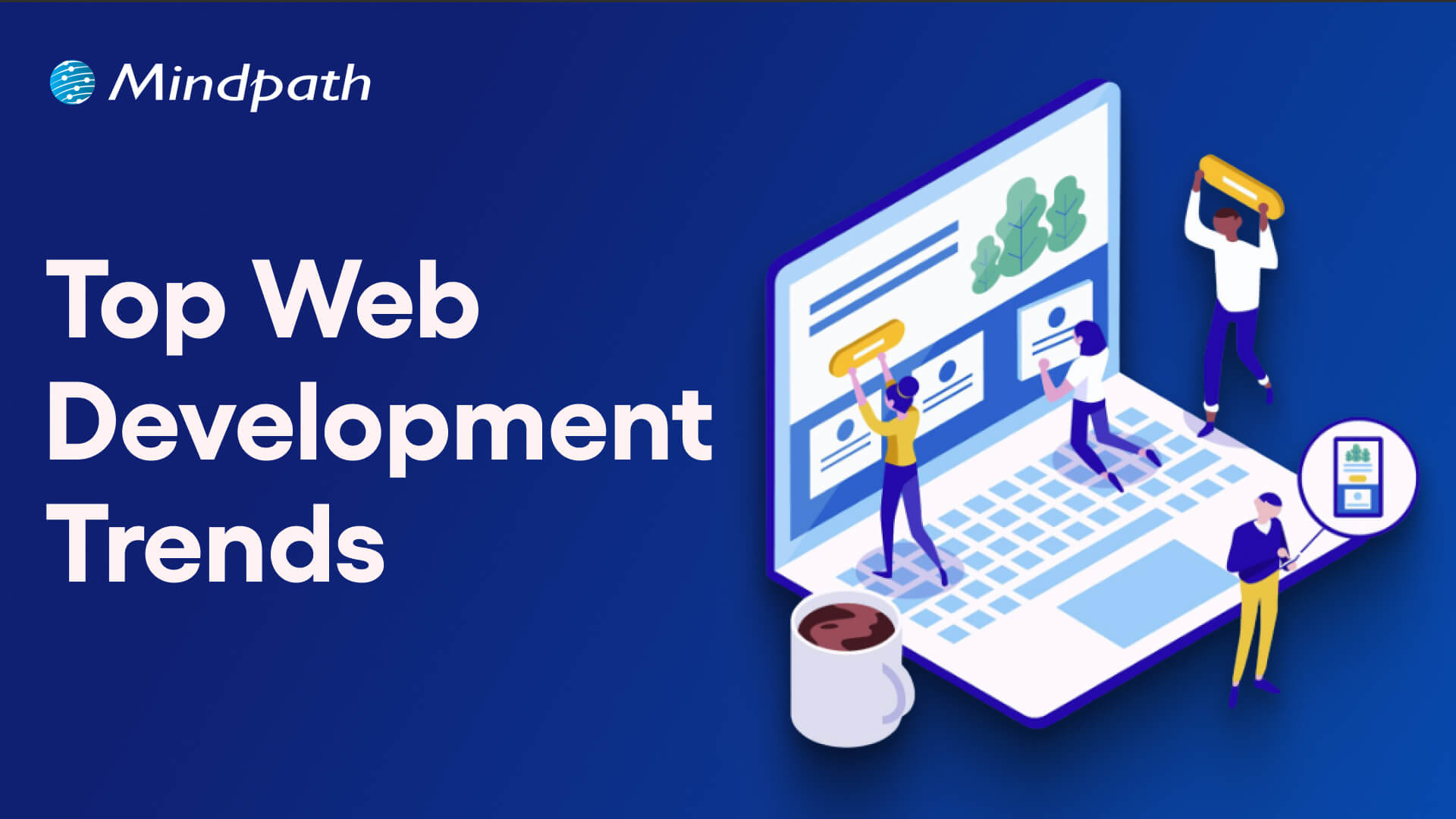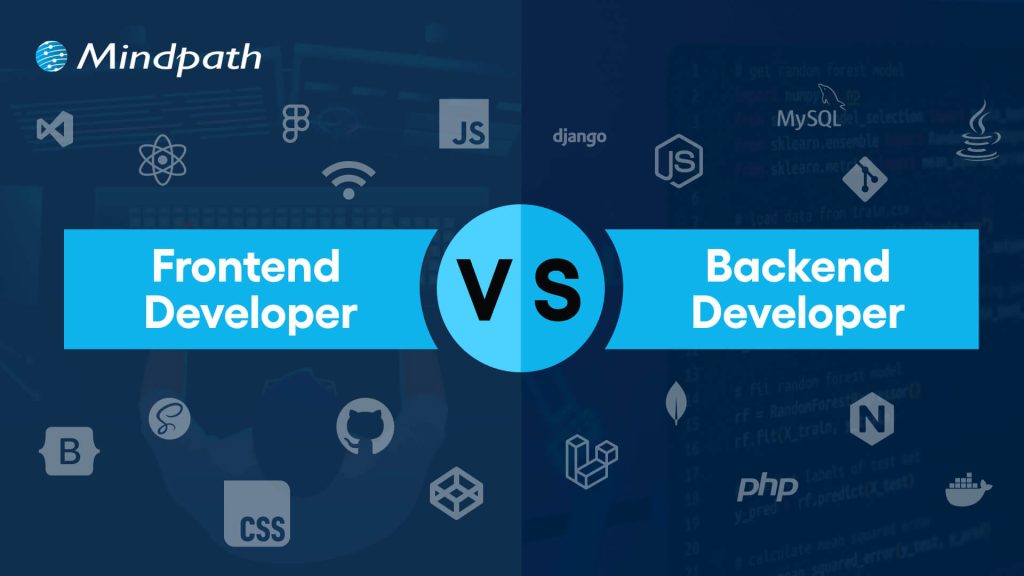State management is an essential component in developing dynamic and scalable React applications. In React, state is the data that changes over time and influences how components behave and display information. Efficient state management promotes seamless user interactions, improved performance, and simpler application maintenance, particularly as projects get more complex.
What is State in React?
Why is State Management Important?
As applications grow, managing state becomes increasingly difficult. Many components frequently require access to the same data, resulting in concerns such as prop drilling, in which data is sent down via numerous component levels, even components that can skip it directly. As the program grows in size, this procedure can become increasingly onerous and difficult to administer. Furthermore, without adequate state management, changes in one component can cause unnecessary re-renders, resulting in poor performance and delayed user interactions.
A well-structured state management approach helps:
1. Improve Performance
React’s state management improves performance by ensuring that only the necessary components of the UI are changed. When data in the app changes, React compares the current and old states and only updates the applicable components. This method is quicker and more efficient than re-rendering the entire application. By minimizing needless updates, the software operates more smoothly and responds better to users. This strategy ensures that the user experience remains quick and fluid as the software grows in size and complexity.
2. Enhance Maintainability
React’s state management simplifies application maintenance and updates. When the state is appropriately organized, developers can debug and adjust certain components without impacting the rest of the application. This makes it easy to isolate and resolve issues as they emerge. It also enables safer updates, as changes to one component do not disrupt the rest of the program. By making the app’s data flow clear and controllable, developers can add new features or resolve issues more easily, assuring the app’s stability and ease of use throughout time.
3. Ensure Scalability
State management allows React apps to grow more effectively by organizing the data flow. As the program grows in size, good state management ensures that data is readily exchanged and updated between components. This framework allows you to add new features and components without affecting the existing system. By maintaining data flow explicitly and predictable, state management allows the application to expand easily, handling greater complexity and traffic without performance concerns. It also guarantees that new developers understand and contribute to the project quickly, making growing the app easier in the long term.
At Mindpath, optimize your app’s state management with our expert React development services.
Let’s build a scalable and efficient application—contact us today!
Next Up: Learn how to Optimize React Performance for Large Applications in our next blog.














